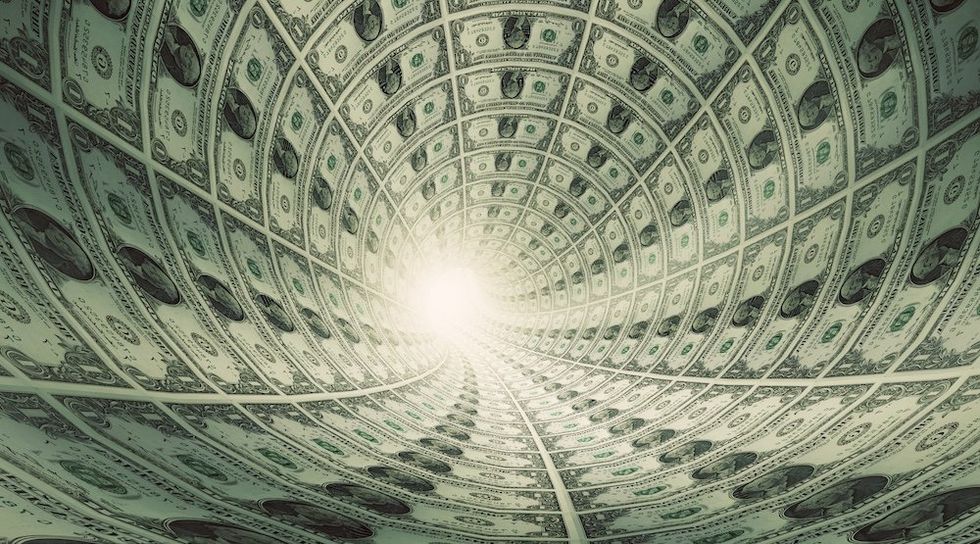Panic first, analyze never: Media flubs Trump’s economy

On April 2 — Liberation Day — Donald Trump did exactly what he had promised for over a year: He imposed a slate of reciprocal and punitive tariffs on America’s trading partners.
The left and corporate left-wing media erupted in predictable fashion, and the stock market plummeted. Before a single tariff was announced, doomsayers in the press predicted economic collapse. CNN warned the economy was “flashing yellow lights,” and the BBC claimed Trump’s move risked “economic turbulence — and voter backlash.” A former Biden economic adviser forecast disaster.
Confidence among working Americans remains high. And that confidence will continue driving this economy forward.
When first-quarter GDP numbers showed a 0.3% contraction, the media pounced. They blamed the tariffs — despite the fact that none had taken effect by March 31, the end of the quarter.
While liberal economists celebrated the downturn and declared a recession imminent, they failed to look at the numbers. A closer analysis shows the economy remains fundamentally strong.
The GDP dip came primarily from a 5.1% drop in federal government spending. In other words, a major cause of the decline was the one thing fiscal conservatives have long demanded: smaller government. Isn’t reducing government spending, or at least the growth of government spending, a good thing?
Meanwhile, the rest of the economy showed strength. A Harvard University/HarrisX poll released Monday found that 51% of registered voters believe the economy is "strong" for the first time in four years.
The numbers back up their belief. Nonfarm payrolls rose by a seasonally adjusted 177,000 in April. The unemployment rate held steady at 4.2%. The household survey — used to calculate the jobless rate — showed an even larger gain, with 436,000 more Americans reporting that they held jobs. All told, the economy added 556,000 jobs in the first three months of Trump’s second term.
That growth comes despite the Department of Government Efficiency cutting more than 120,000 federal jobs. Private-sector employment continues to expand even as Washington shrinks — a trend critics said was impossible.
RELATED: Debt spiral looms as Trump tests tariffs to tame rates
 NiseriN via iStock/Getty Images
NiseriN via iStock/Getty Images
What about inflation? Didn’t the media insist tariffs would bring back the dreaded 1970s stagflation?
Instead, the Consumer Price Index in April came in at 2.3% — the lowest level since February 2021, just before “Bidenflation” took off. The drop came as prices fell for food, gas, used vehicles, and clothing.
Grocery prices alone dropped 0.4%, the sharpest decline since late 2020. Egg prices plummeted 12.7%, their biggest single-month fall since the Reagan era. In other words, the items working families care about — food, fuel, and clothing — are more affordable now than under Biden.
Meanwhile, Trump’s trade strategy is forcing results.
The United Kingdom quickly reached a trade deal. Other countries have accepted temporary “tariff holidays” in exchange for coming to the negotiating table. China and the United States agreed to a “tariff truce.” Canada slashed its U.S. tariff rate to nearly zero. According to Bloomberg, U.S. exports and manufacturing should surge in coming quarters.
Since Trump’s return to office in January, his critics have eagerly predicted economic doom. They cheered “transitory” inflation. They hyped “Bidenomics.” They got both wrong.
They’re wrong again.
Confidence among working Americans remains high. And that confidence will continue driving this economy forward — tariffs, tantrums, and all.